Fur has been used for warmth for millenia, but in the medieval period it was often an expensive fashion statement.
 Late 15thC Short Pleated Gown |
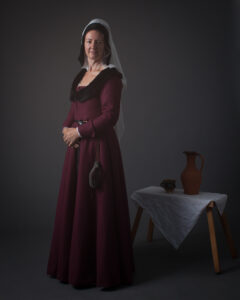 Late 15thC Middle Class Gown |
 15thC Short Fur-Trimmed Wool Gown |
 15thC Short Fur-Trimmed Wool Gown – Back view |
 Late 15thC fur-trimmed gown |
 Late 15thC Burgundian Gown |
 Late 15thC Gown |
|
|
|
|
|
|
|
|
|
Related Searches: 14th Century, 15th Century, Menswear, Womenswear
The final layer was the gown, full length for those that could afford it and the preferred length for the older man. Younger, more fashionable types might prefer a gown so short it barely covered the buttocks.
Wool was practical and hardwearing, silk was for showing off. Fur was used for warmth and demonstrated a certain level of wealth also.
Shorter coats were worn by poorer or working men.
Prices start from £155 for a simple short wool coat up to many hundreds for a silk gown with all the trimmings. |
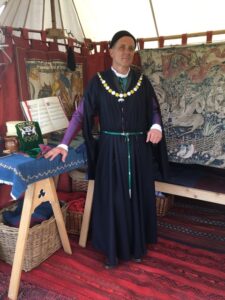 15thC Long Wool Gown |
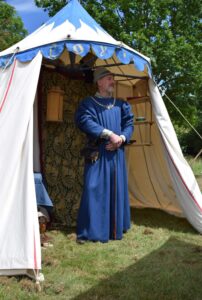 15thC Long Wool Gown |
 15thC Short Pleated Fur-trimmed Wool Gown |
 15thC Short Pleated Wool Gown |
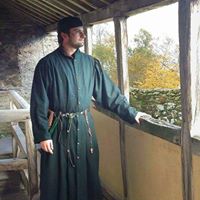 15thC Long Wool Gown |
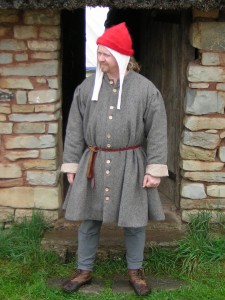 15thC Working Man’s Coat in undyed wool |
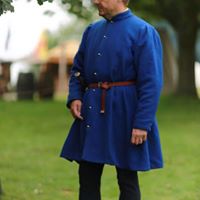 15thC Mid-length buttoned wool coat |
 15thC Mid-length middle class wool gown |
Related Searches: 15th Century, Menswear


















